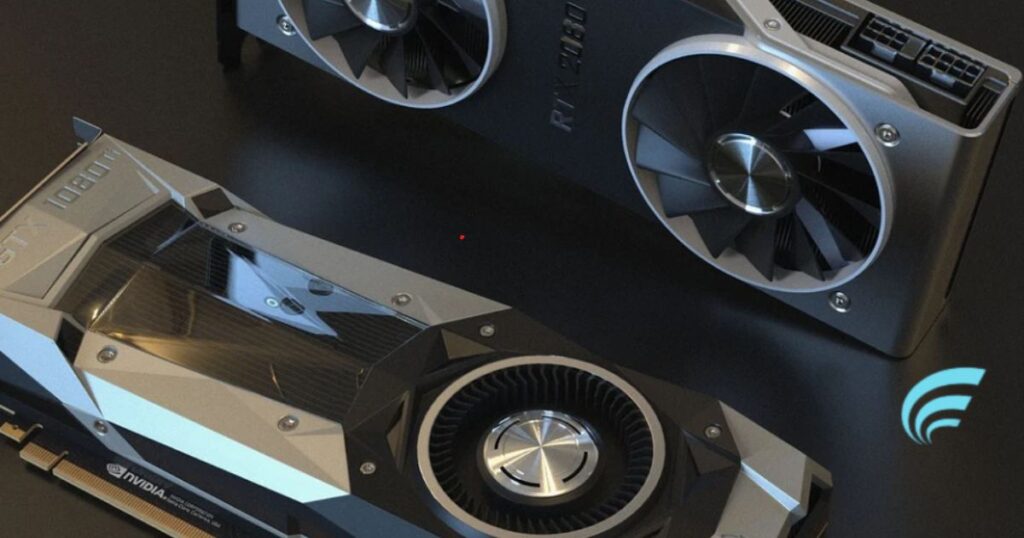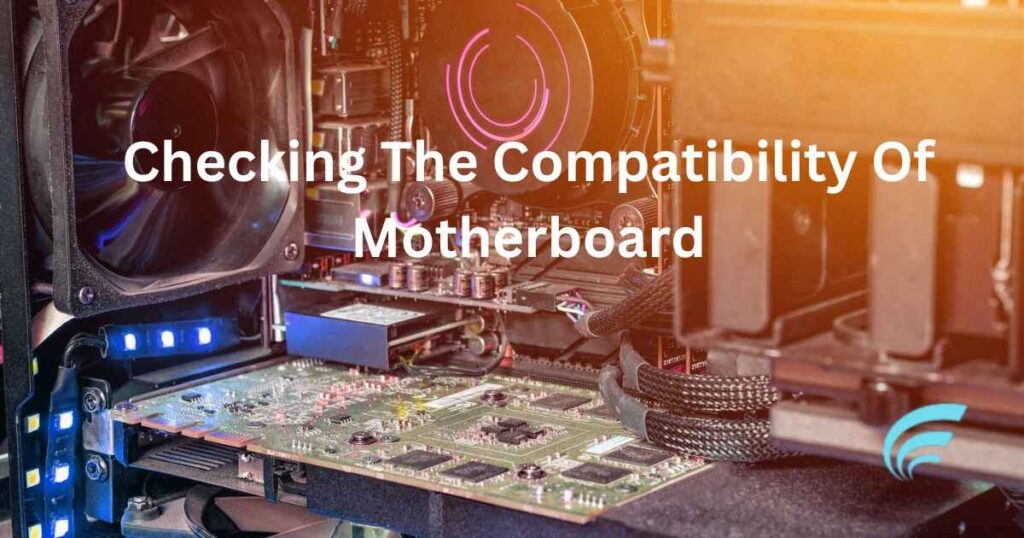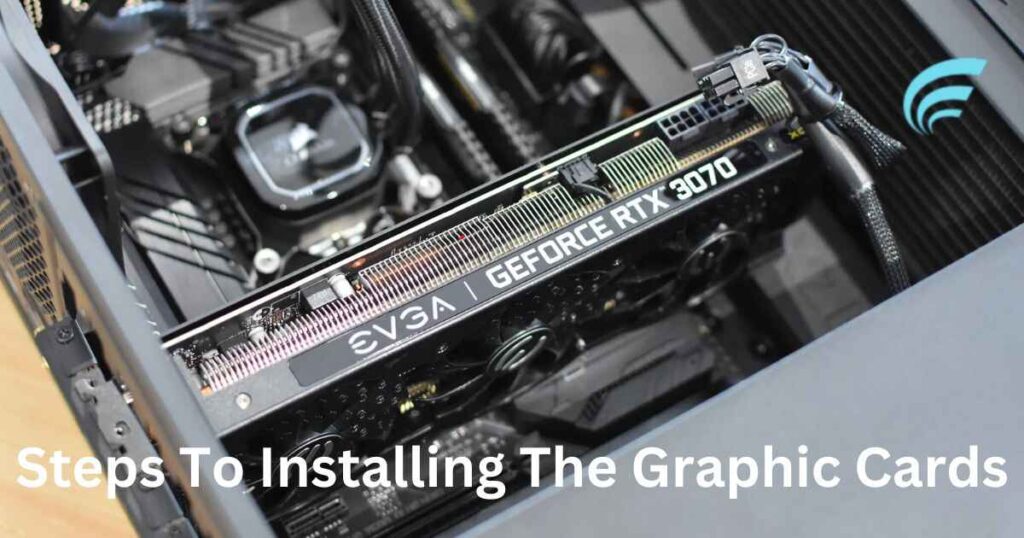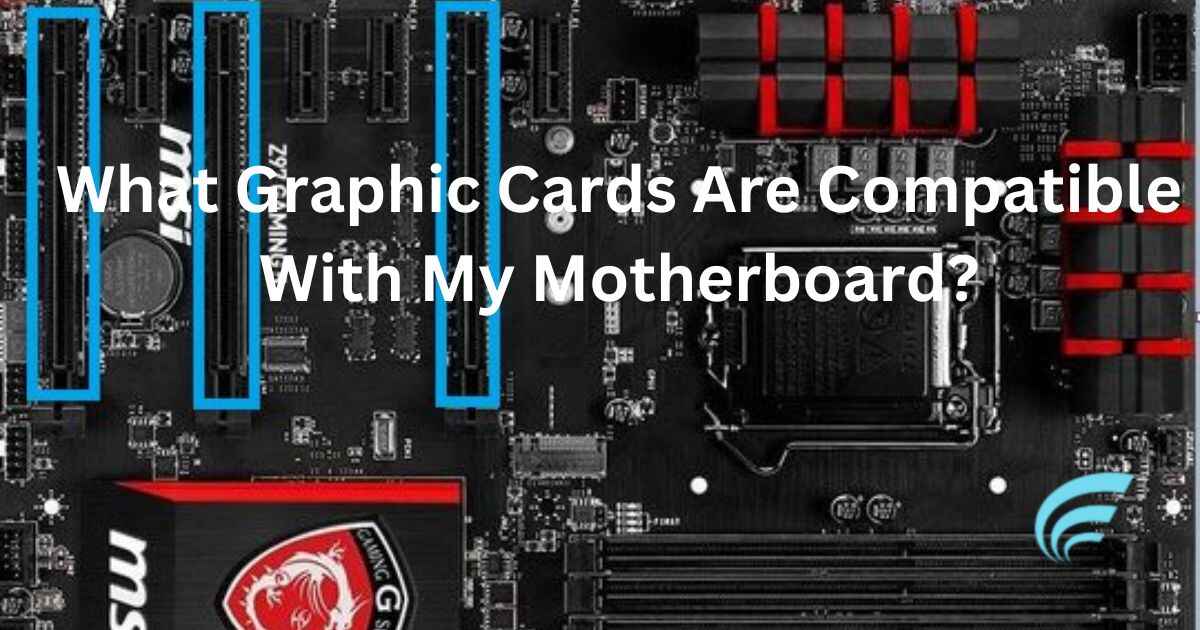Welcome to the world of graphic cards and motherboards. Whether you’re assembling a new computer or giving your current setup a boost, understanding the compatibility between graphic cards and motherboards is crucial. Choosing a graphic card that is compatible with your motherboard is crucial for optimal performance in your gaming or professional computing endeavors.
Compatibility, in this context, means making sure that the graphic card you pick fits both physically and electrically into your motherboard’s slot and power supply. As we explore the intricacies of graphic card and motherboard compatibility in this article, we’ll guide you through the factors to consider when choosing a graphic card and highlight the importance of checking compatibility between these essential components.
Stick with us as we will discuss the details to ensure trouble-free pairing of your graphic card and motherboard. We will also discuss the key factors to consider and provide practical tips to make the selection process smoother.
Considerations For Choosing A Graphic Card

Choosing the right graphic card for your computer is important, and you should think about a few things to make the best decision. Here are some simple considerations:
- Purpose: Decide what you want to do with your computer. If you play games a lot, get a graphic card that can handle demanding games. If you create videos or design graphics, choose one with good rendering and support for professional software.
- Budget: Figure out how much money you can spend on a graphic card. Expensive ones perform really well, but you can find a balance between good performance and affordability.
- Performance Specifications: Look at the technical details of different graphic cards, like clock speed and memory. Bigger values usually mean better performance. Compare benchmarks to find what suits your needs and budget.
- Power Requirements: Check how much power the graphic card needs and make sure your computer’s power supply can handle it. Some high-performance cards need extra power connectors, so check if your power supply has them.
- Cooling and Noise: Think about how the graphic card stays cool. Cards with good cooling systems run cooler and quieter. If you want a quiet computer, look for cards labeled as “quiet” or “low-noise.”
Here are a few more things to consider:
- Brand Reliability and Support: Choose a well-known brand that is reliable and provides good support. This means they help you if something goes wrong and update their drivers.
- Future Upgradability: Think about the future. Make sure your motherboard can handle upgrades, and check if your power supply has enough power for stronger graphic cards later.
By thinking about these things, you can find a graphic card that works for you, fits your budget, and works with your computer. It’s all about finding the right mix of good performance, a price you can afford, and making sure everything works well together for a great computer experience.
Compatible Branded Graphic Card
When choosing a graphic card, it’s smart to think about the brand because some brands work really well with different motherboards. Here are some brands known for being good with compatibility:
- NVIDIA: NVIDIA is a top brand with lots of options for gamers and professionals. Their graphic cards usually work with most motherboards because they stick to standard rules for how they connect.
- AMD: Another famous brand, AMD, has graphic cards for different needs. Just like NVIDIA, AMD cards usually fit into regular slots on motherboards. They focus on open-source tech, so their cards work with many operating systems.
- ASUS: ASUS makes motherboards and graphic cards. If you pick an ASUS graphic card, it often fits well with ASUS motherboards. They use good parts and add features for better performance.
- MSI: MSI is a trusted brand making reliable and compatible graphic cards. Their cards have strong cooling and can be overclocked. They offer choices for gamers, creators, and professionals.
- Gigabyte: Gigabyte is known for great motherboards, and they also make good graphic cards. Their cards have cool features and can be overclocked, making them popular for gamers and fans.
Remember, even though these brands are usually good with compatibility, it’s smart to check the lists or advice from the motherboard and graphic card makers. These lists tell you exactly which cards work well with specific motherboards. When you pick a compatible brand, it helps make sure your graphic card and motherboard work great together, giving you the best performance.
Checking The Compatibility Of Motherboard

Before you get a new graphic card, it’s super important to make sure it works well with your motherboard. Here’s what you can do to be sure they get along:
- Identify Your Motherboard Model: Find out the name of your motherboard. You can check its manual, look in the computer’s settings, or use special software that finds this info for you.
- Check the Manufacturer’s Website: Go to the website of the company that made your motherboard. Look for a part about support or specifications for your exact motherboard model. This will tell you what graphic card slots and power stuff your motherboard can handle.
- Look at the PCIe Slot Version: Find out what version of PCIe slot your motherboard has—like PCIe 2.0, PCIe 3.0, or PCIe 4.0. This helps you pick a graphic card that fits your motherboard’s slot.
- Think About Power and Connectors: Check your computer’s power supply. Make sure it has the right plugs and enough power for the graphic card you want. Some fancy graphic cards need extra plugs, like 6-pin or 8-pin PCIe connectors.
- Make Sure Your Computer Has Space: Check that there’s enough room inside your computer case for the graphic card. Some cards are big, so you need space for them to fit right and stay cool.
- Read Reviews and Visit Forums: See what other people say about your specific motherboard. Reading user reviews and going to forums can give you helpful info about which graphic cards work well with your motherboard.
- Ask for Help If You Need It: If you’re not sure if a graphic card will work with your motherboard, ask a computer expert or contact the graphic card or motherboard company’s support. They can give you good advice based on what you have.
By doing these steps, you make sure the graphic card you pick is friends with your motherboard. Checking this stuff first saves you from problems and makes sure the graphic card fits perfectly into your computer.
BIOS Updates For Compatibility
Sometimes, your new graphic card may not get along with your motherboard because the BIOS (Basic Input/Output System) needs an update. The BIOS helps your computer start up by getting all its parts ready. If it’s old, it might not know how to work with new graphic cards. But don’t worry – you can often fix this with a BIOS update.
- Check for Updates: Go to the website of the company that made your motherboard. Look for updates that talk about making graphic cards work better or fixing problems with graphics. Download the latest BIOS for your exact motherboard.
- Read Instructions Carefully: Take your time to read the instructions on how to update the BIOS. Pay attention to any warnings or things to be careful about, as updating the BIOS needs caution to avoid issues.
- Follow the Steps: Do what the instructions say to update your motherboard’s BIOS. Usually, this means making a special USB drive, going into the BIOS settings, and using a tool from the company to put in the new BIOS.
- Backup Your Stuff: It’s always smart to save your important stuff before updating the BIOS, just in case. Even though the chances of something going wrong are low, it’s better to be safe.
- Check if It Worked: After updating, put in your new graphic card and see if it works without any problems. Look out for strange things like crashes or weird stuff on the screen. If everything is good, the BIOS update likely fixed the problem.
- Ask for Help if Needed: If you’re not sure about updating the BIOS by yourself or if you have issues, ask a computer expert or contact the company’s support. They can guide you or even do it for you.
Updating the BIOS usually helps your motherboard and graphic card get along. But remember, there’s a tiny risk, so follow the instructions carefully to keep everything safe.
Checking PCIe Slot Compatibility
Determining whether your motherboard has the right PCIe slot for a specific graphic card is a crucial step. Follow these steps:
1. Identify PCIe Version
Check your motherboard’s manual or specifications to find the PCIe version. PCIe 3.0 and PCIe 4.0 are the most common versions. Graphic cards are usually backward compatible, but using a PCIe 4.0 card in a PCIe 3.0 slot may result in reduced performance.
2. Check Physical Size
Inspect the physical size of the PCIe slot on your motherboard. Common sizes include x16, x8, and x4. Ensure that the graphic card’s connector matches the size of the slot.
3. Consider Lane Configurations
PCIe slots have different lane configurations, such as x16, x8, and x4. The number of lanes affects the data transfer rate. Match the graphic card’s lane requirement with the available PCIe lanes on your motherboard for optimal performance.
Steps To Installing The Graphic Cards

- Prepare Your Space: Turn off your computer and unplug everything. Find a clean and well-lit area to work.
- Open the Case: Take off the side of your computer case. It might need unscrewing or sliding, depending on your case.
- Find the Slot: Look for a long slot on your motherboard near the back of the case. This is where the graphic card goes.
- Remove Covers: If there are covers blocking the slot, carefully take them off. They might be screwed in or have metal tabs.
- Insert the Card: Hold the graphic card by its sides and put it into the slot. Push gently until it’s snug. Use a screw or latch to secure the card. If your card needs extra power, connect the cables from the power supply. Put the case side back on and secure it. Now, connect everything, turn on your computer, install the graphic card drivers, and make sure it’s working right.
How To Troubleshoot The Compatibility Issues?
If you’re facing issues with your graphic card and motherboard getting along, don’t worry – here are some simple steps to troubleshoot. First, check all the cables and make sure everything’s plugged in snugly. If that doesn’t work, try reinstalling the graphic card drivers from the manufacturer’s website. Make sure your operating system is up to date, and if you have more than one PCIe slot, test the graphic card in a different one.
Check your power supply to make sure it’s giving enough power, and consider clearing the motherboard’s CMOS or seeking technical support if needed. In rare cases, a BIOS update might help, so check for updates on the motherboard manufacturer’s website. Remember, compatibility issues are uncommon, and most graphic cards and motherboards get along just fine.
FAQ’s
Which graphics card will support my PC?
- AMD Radeon RX 7900 XTX – Best 4K graphics card
- AMD Radeon RX 7800 XT – Best graphics card
- AMD Radeon RX 7600 XT – Best 1080p graphics card
- AMD Radeon RX 6600 – Best budget graphics card
Do all motherboards accept GPU?
Yes, most motherboards have a dedicated slot, usually PCIe, to accept a GPU. However, some compact or specialized motherboards may lack this slot.
What is the most powerful GPU?
The best GeForce GPU available is the NVIDIA GeForce RTX 4090. It offers a significant improvement in efficiency, performance, and AI-powered visuals. Enjoy incredible productivity, new ways to create, and exceptionally detailed virtual worlds with ray tracing in addition to gaming at ultra-high performance levels.
Final Thoughts
Welcome to the realm of graphic cards and motherboards! Whether upgrading or building anew, compatibility is paramount. Choose wisely for optimal performance. This guide delves into considerations, brand highlights, and steps for a smooth integration. Remember these tips for a fantastic computing journey. Happy gaming or professional computing.











